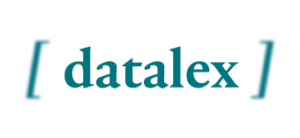Blockchain Technology
Blockchain Technology & projects
When a block stores new data it is added to the blockchain. Blockchain, consists of multiple blocks strung together to create a decentralized and strongly protected database of transactions. In order for a block to be added to the blockchain, four phases have to happen to the transaction which has to:
- occur;
- be verified;
- be stored in a block; and
- be given a hash.
When that new block is added to the blockchain, it becomes publicly available for anyone to view—even you. If you take a look at Bitcoin’s blockchain, you will see that you have access to transaction data, along with information about when (“Time”), where (“Height”), and by who (“Relayed By”) the block was added to the blockchain.
Authorizations for crypto-currencies and ICO
Crypto legislation. Even if the use or acceptance of electronic currencies is not regulated in Switzerland, the issuance of crypto-currencies requires a special procedure with FINMA – the Swiss Financial Supervisory Authority. In some cases, a banking license is required.
Investing via ICO. Switzerland is one of the countries that are implementing numerous blockchain projects, including Initial Coin Offerings (ICO), particularly in the crypto valley of Zug.
In an ICO, “investors transfers financial means (crypto-currency) to the organizer of the ICO. In exchange, the investors receive or expect to receive “coins“, also known as “tokens” based on a blockchain (DIstributed Ledger Technology “DLT“), which are created on the basis of a newly developed blockchain or by means of a smart contract on an existing blockchain and which are registered decentrally”.


